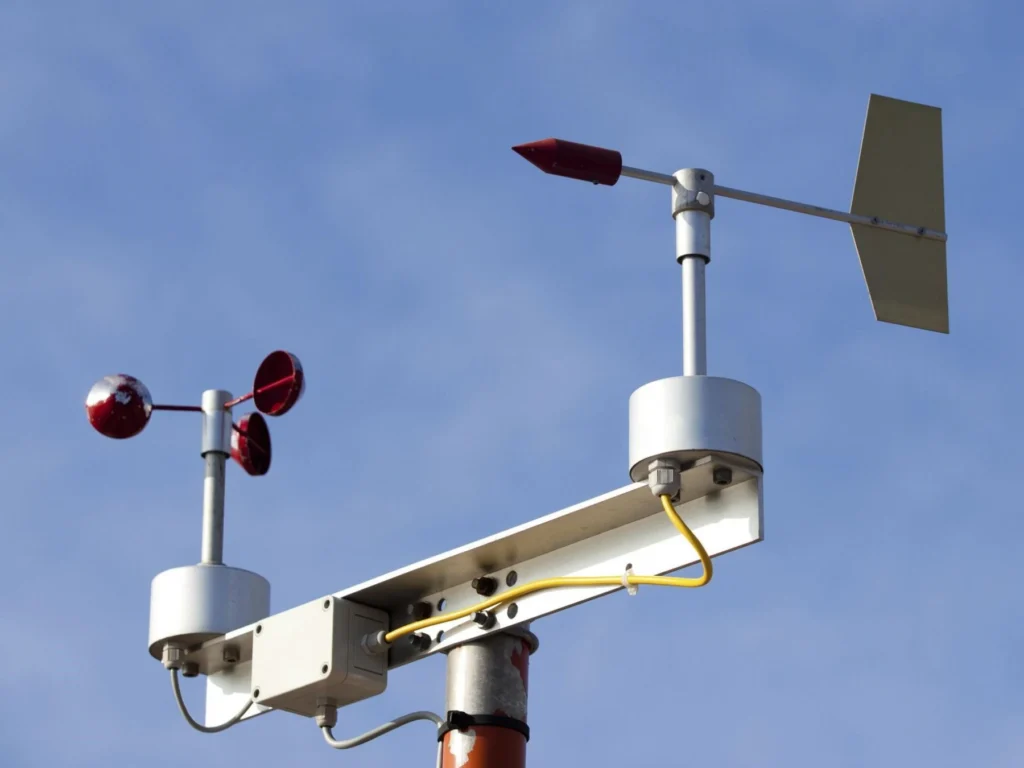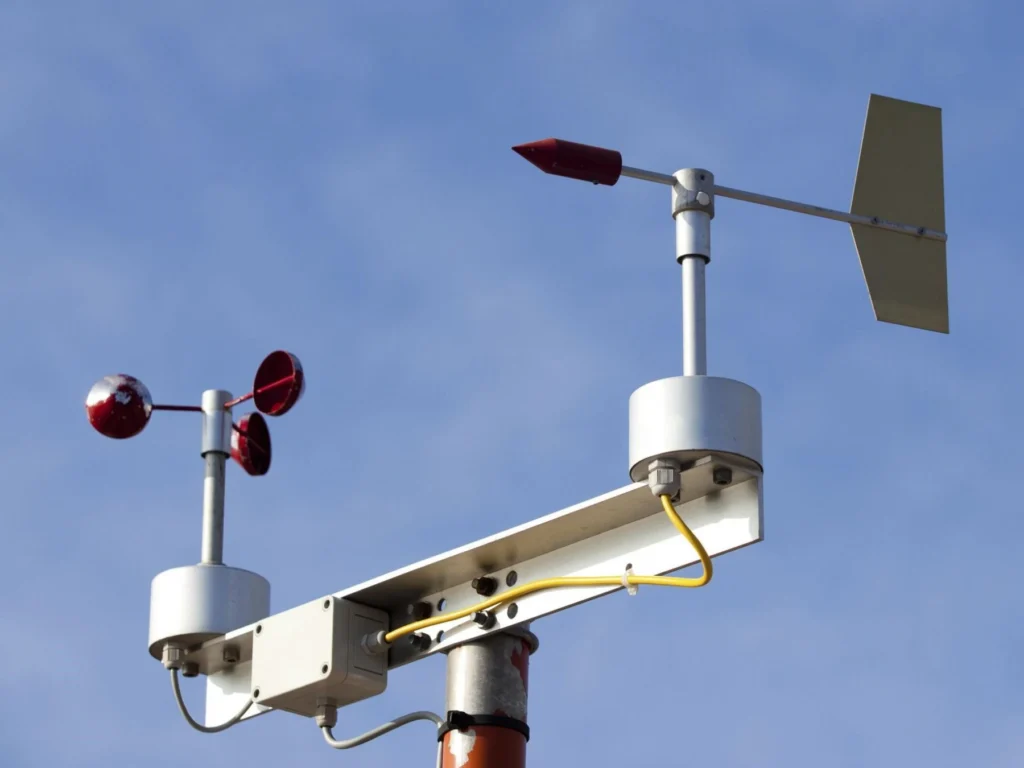
# Anemometer: The Instrument for Measuring Wind Speed
Wind speed is a crucial parameter in various fields, including meteorology, aviation, and environmental studies. To accurately measure wind speed, scientists and engineers rely on a specialized instrument known as an anemometer. This device has evolved over the years, becoming an indispensable tool for understanding and predicting weather patterns.
## What is an Anemometer?
An anemometer is a device designed to measure the speed of wind. It is commonly used in weather stations, on ships, and in wind farms. The term “anemometer” is derived from the Greek word “anemos,” meaning wind, and “metron,” meaning measure. The primary function of an anemometer is to provide accurate and reliable wind speed data.
## Types of Anemometers
There are several types of anemometers, each with its own unique mechanism for measuring wind speed:
– Cup Anemometer: This is the most common type, featuring three or four cups mounted on horizontal arms. As the wind blows, the cups rotate, and the speed of rotation is proportional to the wind speed.
– Vane Anemometer: Also known as a windmill anemometer, this type uses a propeller or a set of blades that rotate when exposed to wind. The rotation speed is measured to determine wind speed.
– Hot-Wire Anemometer: This type uses a heated wire that cools down when exposed to wind. The rate of cooling is used to calculate wind speed.
– Ultrasonic Anemometer: This advanced type uses ultrasonic sound waves to measure wind speed. It is highly accurate and can measure wind direction as well.
## How Does an Anemometer Work?
The working principle of an anemometer depends on its type. For instance, in a cup anemometer, the wind causes the cups to rotate. The rotation speed is then converted into an electrical signal, which is processed to determine the wind speed. Similarly, in a hot-wire anemometer, the cooling rate of the wire is measured and correlated with wind speed.
## Applications of Anemometers
Anemometers are used in a wide range of applications:
– Weather Forecasting: Accurate wind speed measurements are essential for predicting weather conditions.
– Aviation: Pilots rely on anemometers to assess wind conditions before takeoff and landing.
– Environmental Monitoring: Anemometers help in studying wind patterns and their impact on the environment.
– Wind Energy: In wind farms, anemometers are used to assess the potential energy output of wind turbines.
## Conclusion
The anemometer is a vital instrument for measuring wind speed, playing a crucial role in various scientific and industrial applications. With advancements in technology, modern anemometers offer higher accuracy and reliability, making them indispensable tools for understanding and harnessing the power of wind.
Keyword: instrument to measure wind speed
